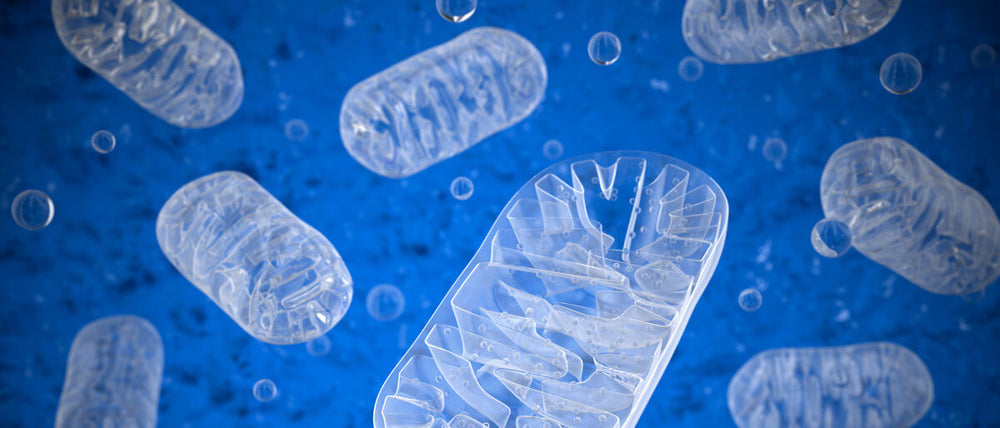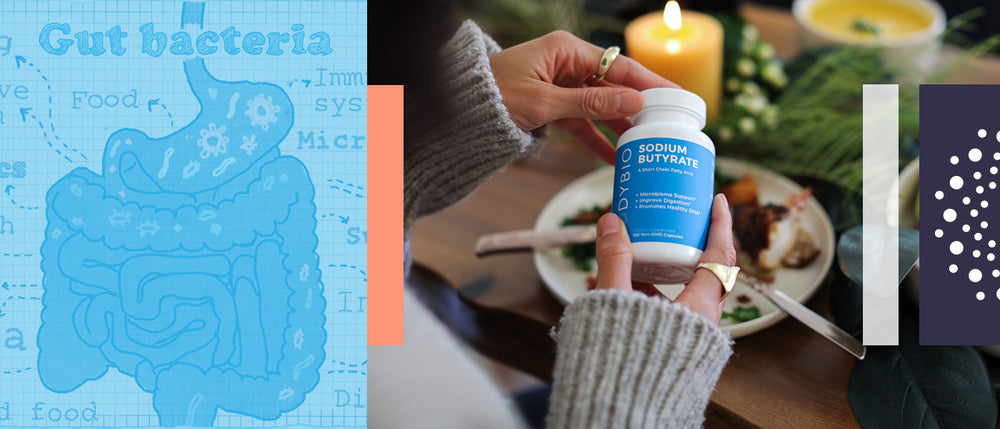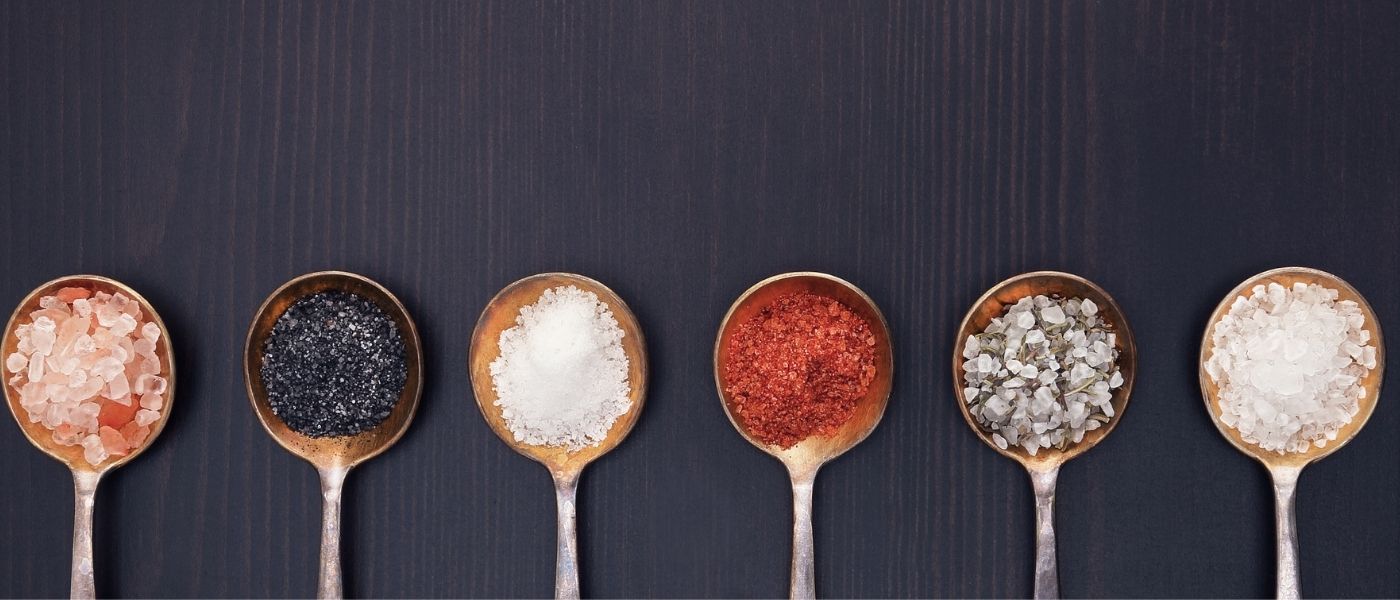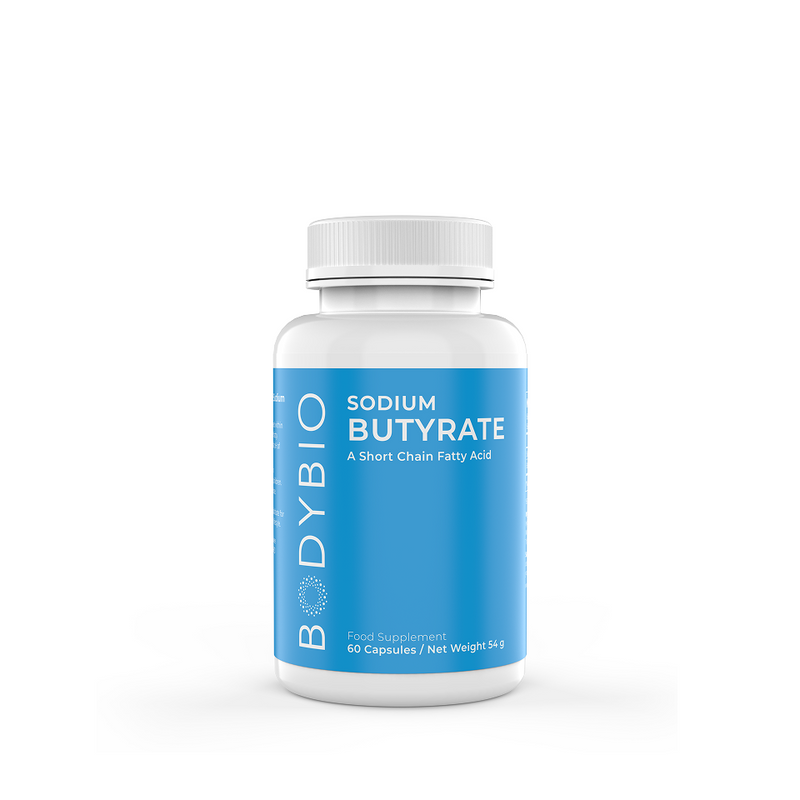How Much Sodium Does Your Body Actually Need Per Day?
Sodium, or simply salt as we typically think of it, is perhaps one of the most maligned nutrients today, due to associations with cardiovascular disease hammered into our collective consciousness. Yet, sodium is one of the most crucial minerals needed in the body, and we actually need a good amount of it — for adequate cellular hydration, adrenal function, and a robust metabolism, to name just a few things.
New research indicates that sodium intake is actually associated with increased life-expectancy and has an inverse relationship with all-cause mortality (meaning: higher sodium levels, lower all-cause mortality and vice versa) [1]. Additional research on sodium intake and heart failure also states that the evidence is unclear whether low sodium intake benefits patients with heart failure, and there are likely multiple causal factors for heart disease besides sodium intake [2].
Is it possible that our cultural fear and avoidance of salt (in the West at least) is actually contributing to worse health outcomes across the board? In this article, we’ll discuss what salt does for your body, how much sodium you should consume daily, how much sodium is actually too much sodium, and how to optimize your sodium intake.
Table of Contents:
- What Does Salt Do For the Body?
- The Type of Salt Matters
- If You Crave Salt
- Can You Have Too Much Sodium?
- What Does It Feel Like When You Don’t Have Enough Sodium?
- How to Optimize Your Sodium Intake
- Sodium Butyrate
- Make Sure You're Getting the Right Amount of Sodium
What Does Salt Do for the Body?
Getting enough salt in our diet is incredibly important for overall health, and unlike some vitamins, our diet is the only way we can supply it. Sodium supports a wide range of bodily functions, including:
- Hydration
- Getting nutrients in and waste out of the cell (alongside potassium)
- Bone health
- Cardiovascular health (seriously!) [3]
- Hormone production, including sex hormones like progesterone
- Encouraging a healthy response to stress
- Turning food into energy
- Adrenal health/fatigue (The adrenals regulate sodium levels in the body. We need a good balance of sodium with magnesium to support the adrenals.)
- Maintaining blood volume and blood pressure
- Anti-bacterial action! Salt was used historically as a preservative (and still is).
- Balancing our mood, i.e. low to no anxiety or depression.
How we feel when we have balanced sodium levels in the body (along with the other macrominerals) is typically energetic, happy, and motivated. This is because your adrenals are running at full capacity, you feel like you can handle the stress that comes your way, and your cells are well hydrated. Sounds good, right?
The Type of Salt Matters
There’s a significant difference between a) guzzling down refined, iodized table salt, usually in processed foods and restaurant salt shakers, and b) adding real, mineralized salt to your meals and water.
Iodized salt, while still recommended by most doctors, is a stripped down version of what real salt actually is. Iodized salt is sprayed with a potassium iodide solution to add iodine, but whether we really need iodine added to our diets in this way is up for debate at this point. There are other ways to get iodine in your diet, like dried seaweed (nori), fish, shellfish, and red meat. Table salt is also bleached to get its iridescent white color, and may contain additives like dextrose and anti-caking agents. Not ideal.
Salts like Himalayan pink salt or Real Salt (mined from ancient seabeds in Utah) is sodium plus additional trace minerals, just how nature made it. We were always meant to consume sodium along with the other minerals we need for optimal health on a cellular level. Makes you wonder what the studies would say if they looked at intakes of unrefined, non-toxic mineral salt, doesn’t it?
If You Crave Salt
If you’re craving salt, your body might be dealing with high cortisol levels, possible adrenal fatigue, hormone imbalances, or plain old dehydration. In any case, you might want to reevaluate your salt intake, especially if you’ve been avoiding it for a long time. The body knows what it needs, listen to your cravings!
Recommended Sodium Intake
Research suggests that human cells require approximately 0.5 g or 500 mg/day of sodium to maintain vital functions [2]. Does this mean 0.5 grams is what you should aim for? Probably not. This is the minimum amount required to maintain vital functions — just to keep you alive. At this low of a daily intake you may experience symptoms like dizziness, low blood pressure, and physical weakness.
The current Dietary Guidelines for Americans recommends between 1.5 and 2.3g/day as an optimal intake [4]. In 2021, the FDA released guidance recommending Americans try to aim for a daily intake of 3g or 3,000 mg (a reduction from the estimated average national intake of 3.4g daily) [5]. New research indicates somewhere between 3-6 grams per day is a more optimal intake [1]. This range puts the updated FDA recommendation at the low end of that range, but you may still need more depending on your physical activity, life stage, and stress level [6].
Can You Have Too Much Sodium?
Of course, you can always have too much of a good thing. It’s generally best to avoid intakes of over 7 grams per day. Extremely high levels of salt in the body is called hypernatremia, and shows up as symptoms like muscle weakness, restlessness, confusion, irritability, extreme thirst and even seizures. But you would have to be consuming well over those 7 grams for a long time, and not drinking nearly enough water, to reach this point [7].
But there may be certain occasions, like periods of incredibly high stress, high physical activity, or pregnancy where you may need more salt. Listen to your body and consult with a trusted health provider if you have questions.
What Does it Feel Like When You Don’t Have Enough Sodium?
Probably the biggest indicator of extremely low sodium levels in the body is a dragging sense of fatigue, alongside an inability to handle stress, generalized anxiety, and even panic attacks. When you don’t have enough sodium, your adrenals are seriously dragging, leaving you feeling lethargic and unmotivated. Time to add some high-quality salt back into your diet!
How To Optimize Your Sodium Intake
If you avoid salt like the plague and regularly experience issues like low tolerance to stress, adrenal fatigue, low energy (especially in the morning), anxiety, and low blood pressure, adding some high-quality salt to your diet might do you some good.
Of course, you can start by adding more salt to your meals and while cooking. But you’re likely going to need a little extra boost. Handily, 1 gram of salt equals about ¼ tsp salt, and knowing we need to aim for somewhere between 3-6 grams daily, we can make a little hydration cocktail. Just mix up:
- ¼ tsp-½ tsp Himalayan pink salt or Real Salt
- 8-16 oz. of filtered water
- A splash of lemon or lime juice (for potassium and flavor)
- Optional: an ounce or two of coconut water or aloe juice for more minerals and taste.
You can vary the water and the salt content to taste tolerance and your energy needs. The lemon or lime juice also helps a lot with taste.
The cocktail should taste salty but not overpowering. In fact, once you get used to it, the taste will likely be refreshing if your body is craving that salt. Adding fresh squeezed orange juice in place of the coconut water/aloe juice will contribute a bit of vitamin C as well, but some people have issues with the acidity of orange juice.
Experiment with the right combination for you and enjoy!
Sodium Butyrate
Sodium butyrate is the type of butyrate naturally produced by our beneficial gut bacteria. As you’ve already guessed, making sodium butyrate requires an input of sodium. Another reason to optimize your salt intake!
If you’re looking for additional gut health benefits, a sodium butyrate supplement can support gut health and a healthy microbial balance.* Although other mineral-bonded forms of butyrate are also helpful, sodium butyrate has the most clinical research backing its effectiveness so far [8, 9].
Make Sure You're Getting the Right Amount of Sodium
Getting salt in your diet in some way is usually a foregone conclusion. However, the average American is consuming salt in the form of iodized salt, primarily in processed and restaurant-made foods. Salt in this form may be contributing to an increased risk of heart disease (not to mention the processed foods themselves).
When you make the switch to a primarily whole-foods diet that includes real, mineralized salt, this type of salt becomes a significant health promoter, by supporting the adrenal glands, managing the stress response, and ensuring that you’re well hydrated.
Are you missing other minerals in your diet? Read this article to learn more.








